Sunken cities: Discover real-life 'Atlantis' settlements hidden beneath the waves
Explore the submerged cities to discover why they didn’t survive the test of time.
Humans need water to survive, and so access to this precious natural resource has been an important factor in deciding where we have made our homes throughout history. Building near rivers, lakes and springs gave early settlers access to clean water for domestic and agricultural use, and the availability of fish meant they h ad a reliable food source. Traveling by boat also became an easy way to navigate the land more quickly, enabling our species to migrate to new areas.

This article is brought to you by How It Works.
How It Works is the action-packed magazine that's bursting with exciting information about the latest advances in science and technology, featuring everything you need to know about how the world around you — and the universe — works.
As humans spread across continents and populations boomed, trade between civilizations became more frequent. Coastal settlements allowed for larger vessels to come and go, increasing trade and boosting the local economy, with many more port towns being built as a way to access rare goods and riches.
But the waterfront isn't always a safe place to settle. With little protection from flooding, natural disasters such as earthquakes and tsunamis, bad weather and changing sea levels can destroy in a day what took people hundreds of years to build. Water can claim land, buildings and human lives. Here we dive into some of the lost civilizations now deluged beneath the depths.
Lion City, China

Date sunk: 1959
This valley in China's Zhejiang Province was purposely flooded as part of the Xin'an River Dam project to generate hydroelectric power for the region, creating the Qiandao Lake. Submerged 80 to 100 feet (25 to 40 meters) below the surface of this human-made lake lies an ancient city frozen in time. Believed to be around 1,400 years old — though some believe certain structures are even older — the city once stood at the base of Wu Shi (Five Lion) Mountain, which is now also partially submerged. Often called the Atlantis of the East, according to the BBC, the city was rediscovered in 2001 on a diving excursion and is a well-preserved relic of its time, with many intricate carvings of dragons, phoenixes and lions surviving in all their glory on wooden arches. Temples, pagodas and other structures remain intact thanks to the purity of the water, giving archaeologists a window into the architectural design of ancient China.
Saeftinghe, The Netherlands
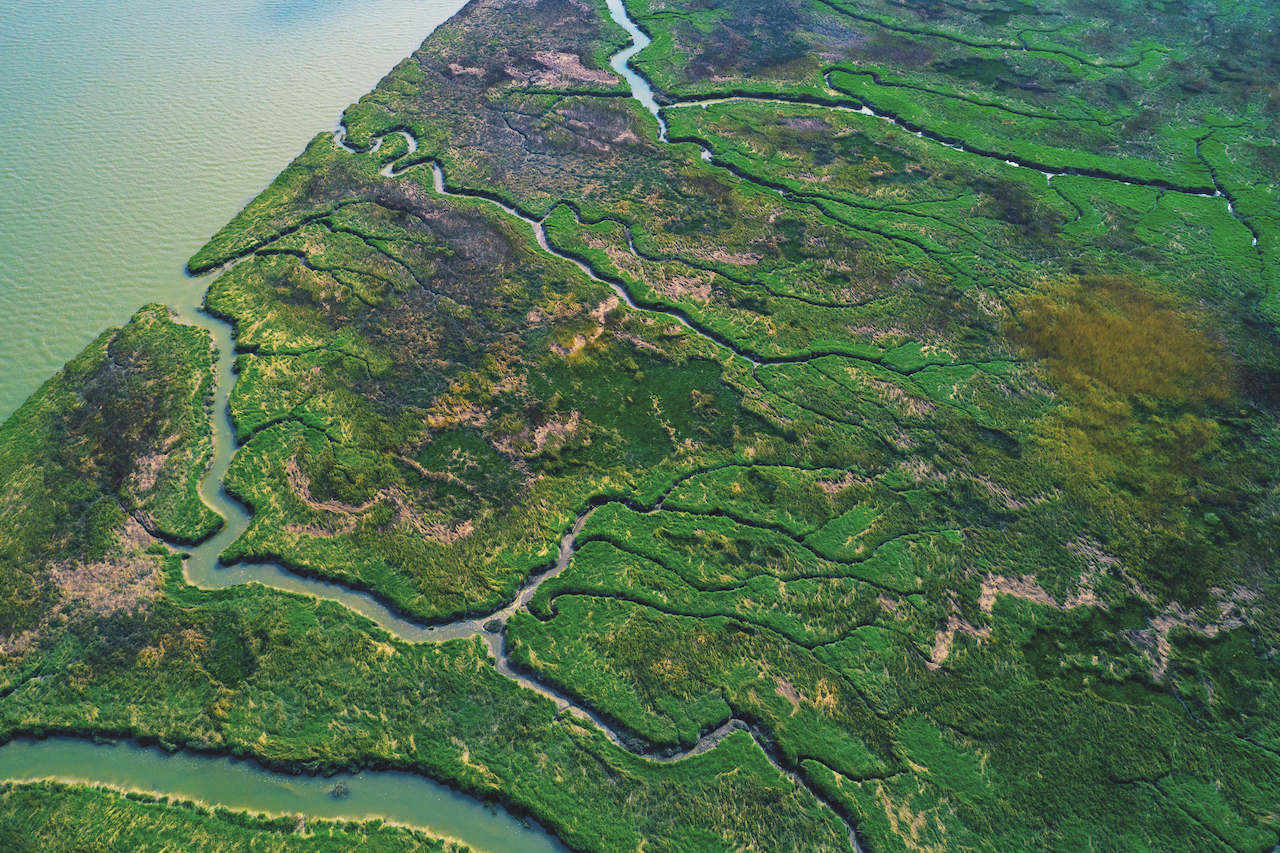
Date sunk: 1584
Now a swamp known as the Drowned Land of Saeftinghe, this area was once a prosperous village. In the 13th century, people drained the marsh so that they could build on the fertile land; they also raised dikes around the reclaimed land to protect it from floods. Much of the land around Saeftinghe was lost in the All Saints' Flood of 1570, but the final blow came during the 80 Years' War in 1584. Dutch soldiers fighting in the war for independence from the Spanish were forced to destroy the last dike barrier while defending Antwerp, allowing the waters of the Scheldt to take over the town, according to Het Zeeuwse Landschap, the official site of the area. A local legend tells a slightly different tale, however, blaming the 1570 flood on the wrath of a mermaid held captive by the townsfolk. Today, the settlement is buried under layers of sand and clay, though bricks have been recovered that could have belonged to an abbey taken by floods.
Port Royal, Jamaica
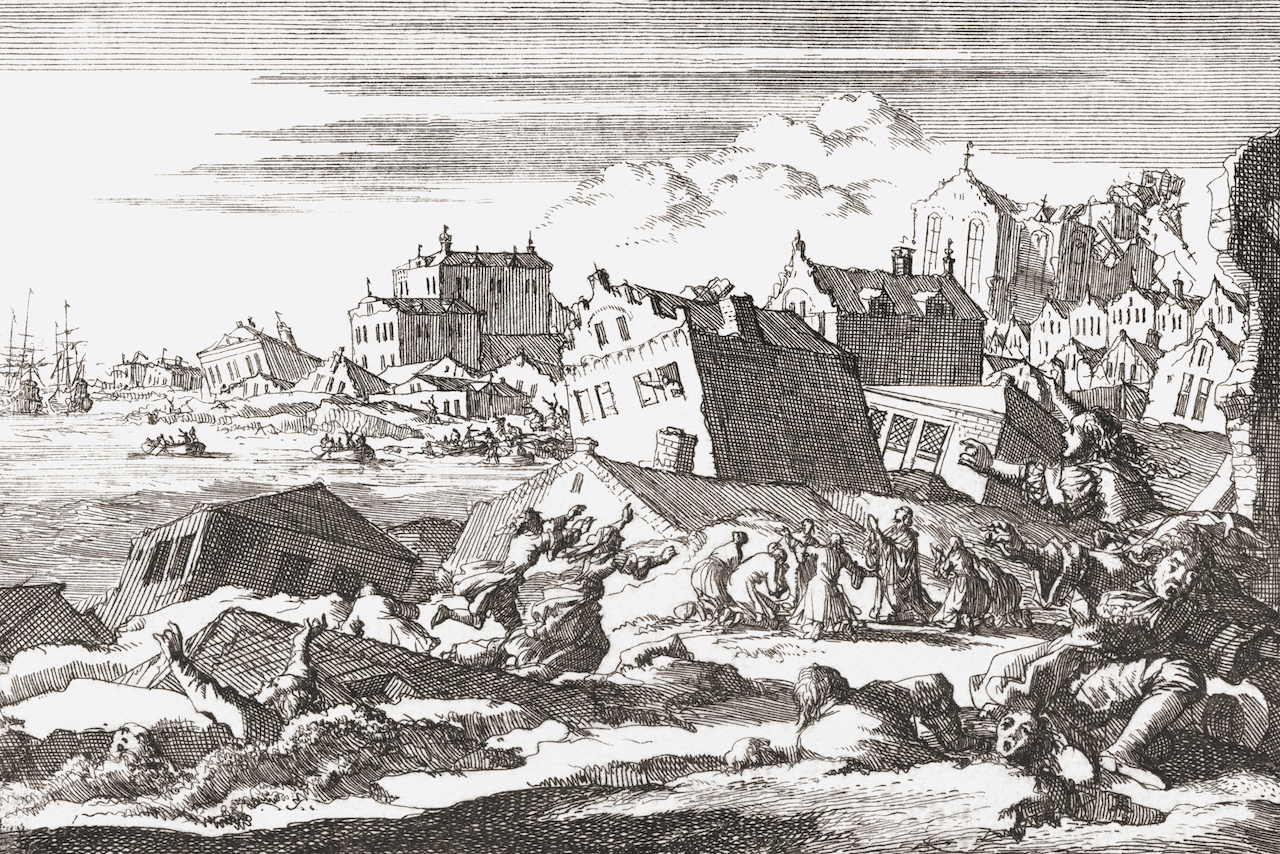
Date sunk: June 7, 1692
The Caribbean pirate haven of Port Royal was known as "the wickedest city on Earth," according to the BBC, before a devastating earthquake and the tsunami that followed in its wake pushed two-thirds of the town beneath the waves. The intense shaking liquified the sand beneath the 2,000 or so brick buildings, which were displaced and appeared to flow out to sea. Of the estimated 6,500 inhabitants of the town at the time, 2,000 are thought to have perished in the earthquake and tsunami. A further 3,000 died from injuries and disease in the aftermath, according to UNESCO.
Rungholt, Germany
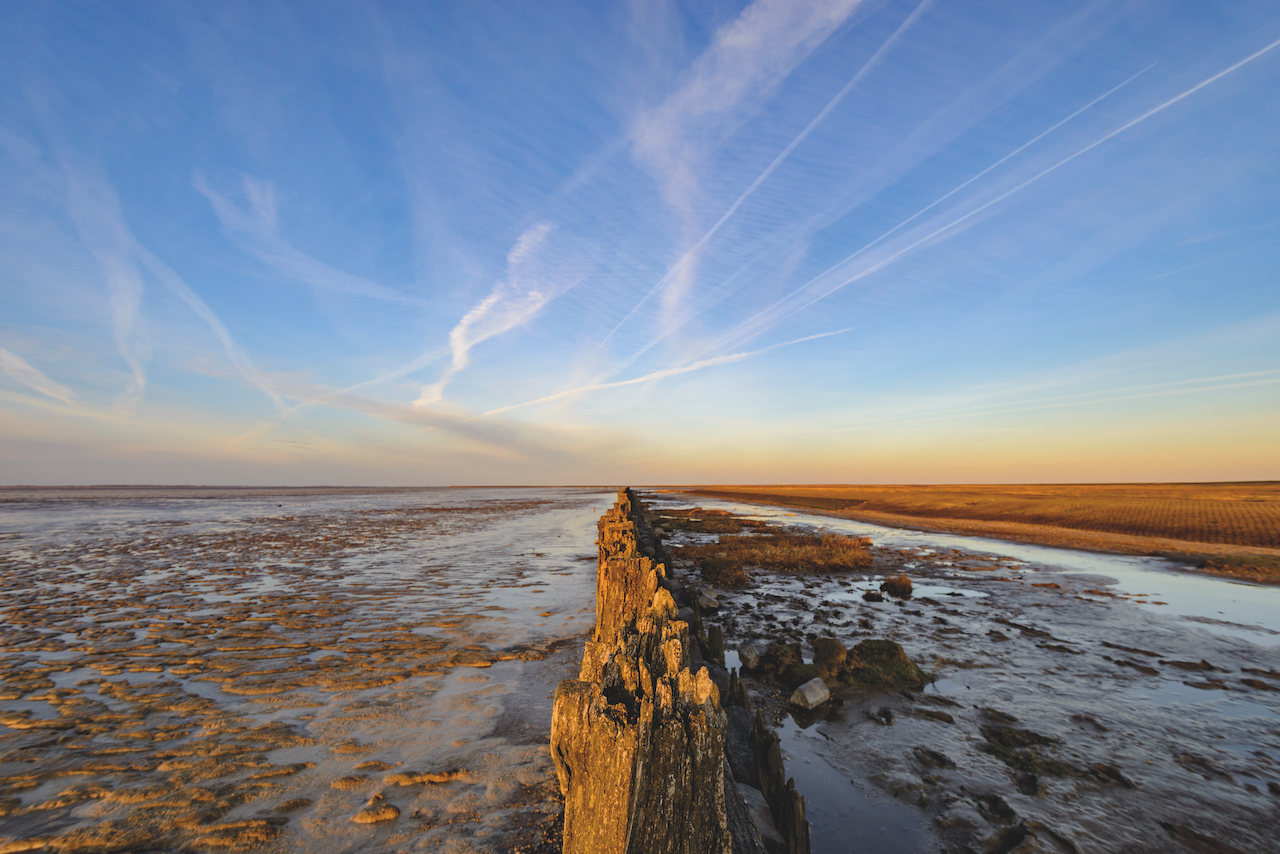
Date sunk: Jan. 16, 1362
The exact location of Rungholt — long considered just a legend — remains unclear, though the artifacts and evidence of land cultivation that have been found in the Wadden Sea hint at its existence as a trading port, according to a study published in the journal Quaternary International. Saint Marcellus' flood, also known as the Great Drowning of Men, is thought to be the culprit behind the town's disappearance. Storm tides caused by an extratropical cyclone swept in from the North Sea, decimating the coasts of the British Isles, the Netherlands, northern Germany and Denmark — causing thousands of deaths.
Atlit Yam, Israel
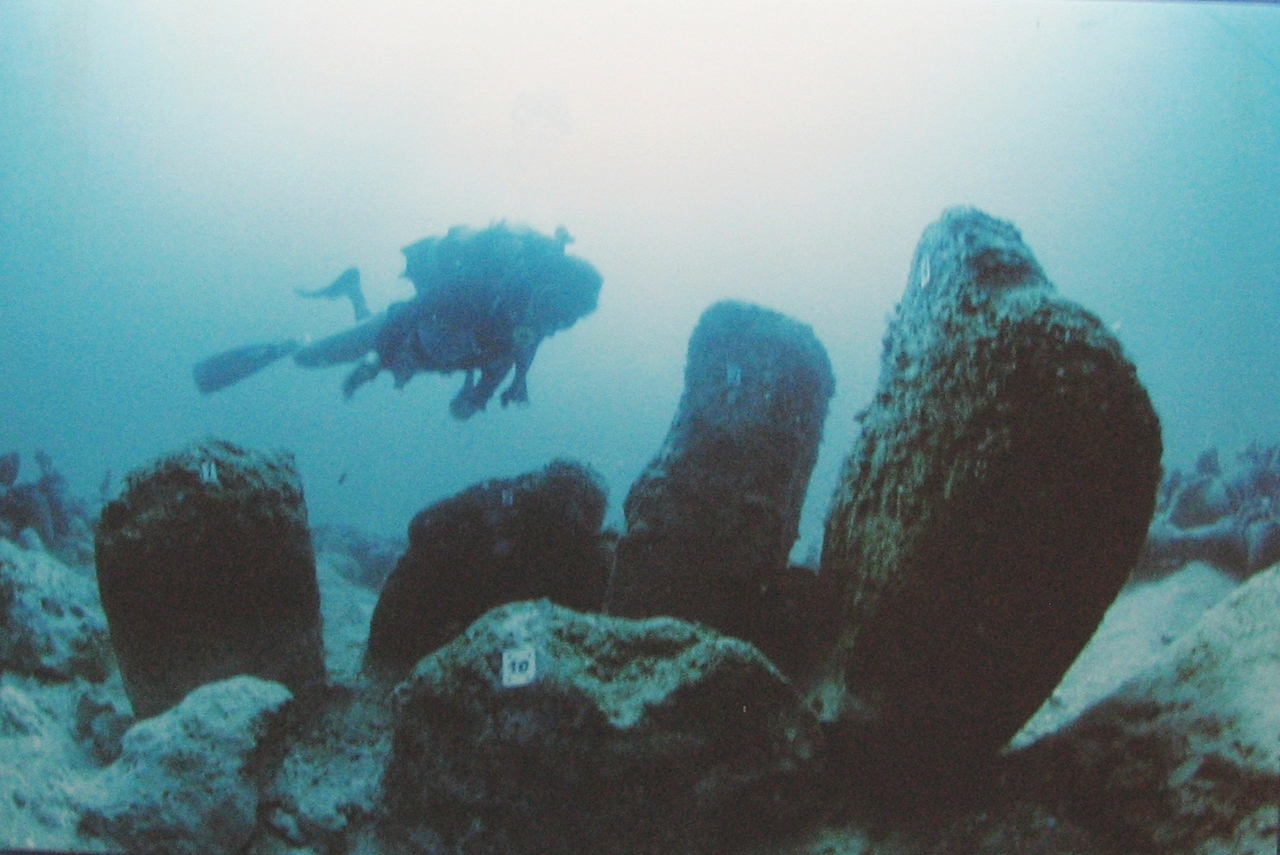
Date sunk: 6300 B.C.
This Neolithic village lies 26 to 39 feet (8 to 12 m) beneath the Mediterranean Sea, hidden for over 8,000 years until marine archaeologist Ehud Galili discovered it while surveying the sand for shipwrecks in 1984, New Scientist reported. It is now considered one of the oldest submerged settlements ever discovered. Careful excavations have revealed rectangular houses with hearths and the remains of a dry-stone well. One of the most interesting finds was a megalith structure — similar to Stonehenge — built around a spring, made of seven huge stones weighing around 1,300 pounds (600 kilograms) each; burial sites and human remains have also been unearthed. One study suggests that a tsunami is likely to blame for the abandonment of the settlement, Live Science previously reported.
Baiae, Italy
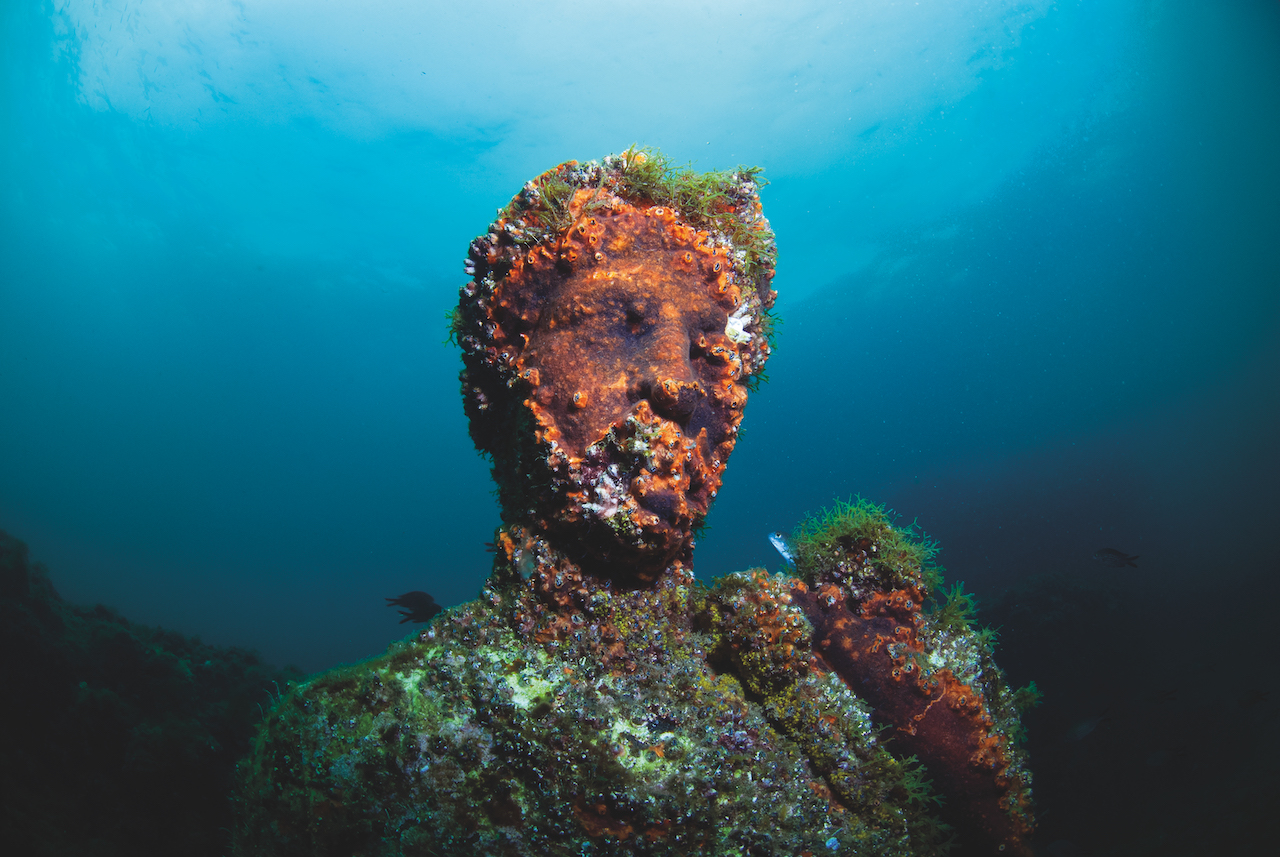
Date sunk: 16th century
Baiae was once a Roman spa town known for debauchery, according to Smithsonian magazine. Underground pressure in the region causes the land to rise and fall, and much of its ancient history now lies below sea level. Of note are the underwater remains of the Pisonian Villa and the statue-adorned sunken Nymphaeum of Emperor Claudius, the BBC reported. In addition, several famous Romans visited the resort town in its heyday, including Julius Caesar, emperors Hadrian and Septimius Severus, generals Gnaeus Pompeius Magnus (Pompey the Great) and Gaius Marius and politician Lucius Licinius Lucullus, HeritageDaily reported.
Pavlopetri, Greece
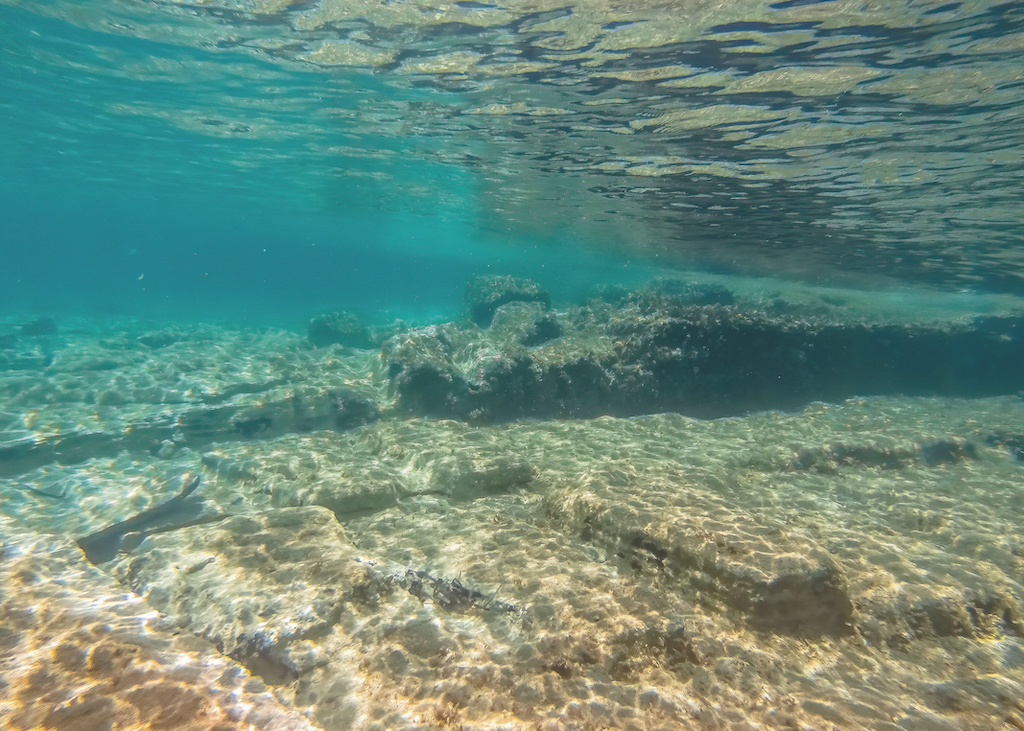
Date sunk: 1000 B.C.
The ruins of Pavlopetri were uncovered in 1967, and analyses of building materials and pottery fragments suggest they date back around 5,000 years, New Scientist reported. The town existed above ground for 2,000 years before it was likely sunk by earthquakes. The layout of the town has been preserved perfectly 13 feet (4 m) below the waves, with its streets, buildings and tombs eroded by age but visible. At least 15 buildings have been identified.
Thonis-Heracleion, Egypt
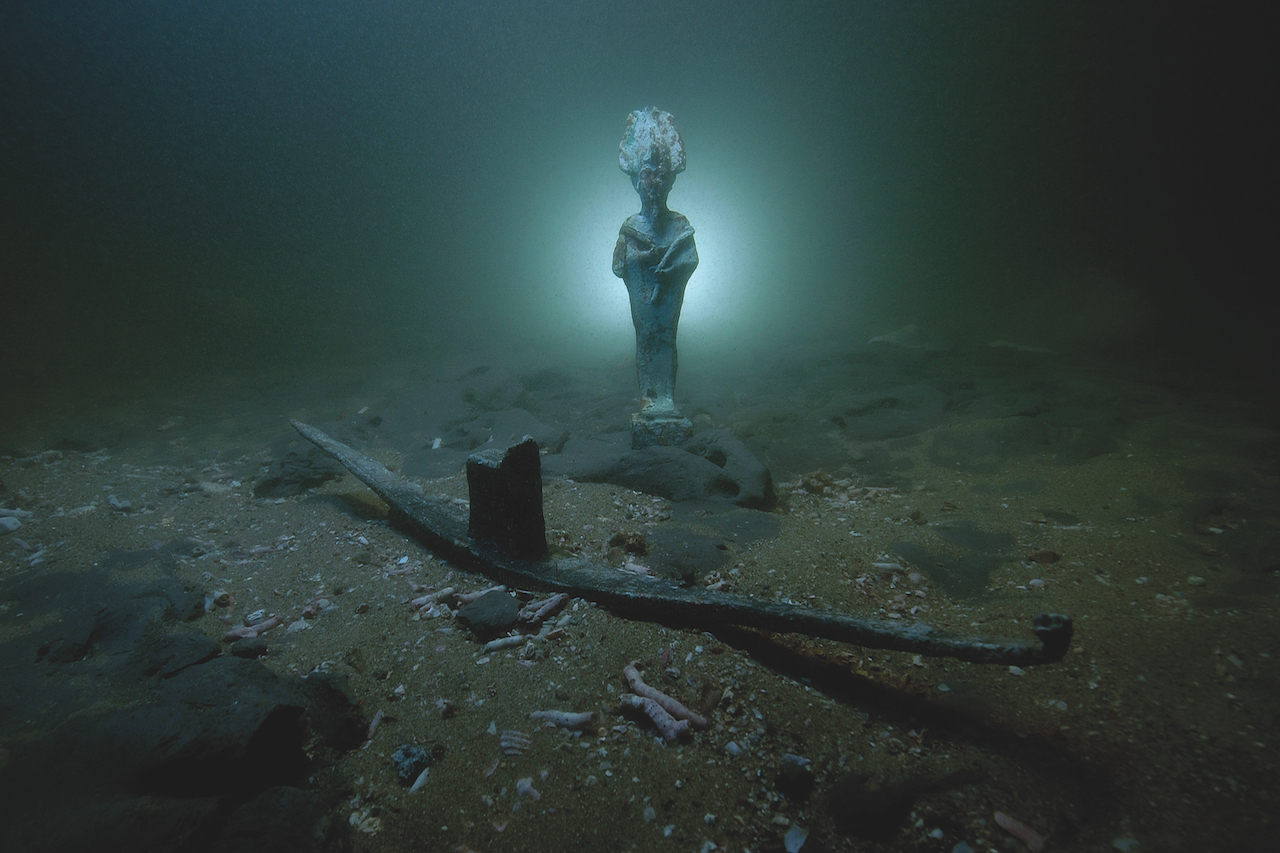
Date sunk: sixth or seventh century
Located northwest of Alexandria on the Nile Delta, Thonis-Heracleion was a popular trading port before tremors weakened the land and dragged it below the brine. The area boasts a trove of artifacts, Live Science previously reported, but a giant, 6-ton statue of the Nile god Hapi is one of the most significant finds from the ruins.
Sign up for the Live Science daily newsletter now
Get the world’s most fascinating discoveries delivered straight to your inbox.

Nikole is an editor and writer based on the south coast of England. She holds a degree in film with a focus on screenwriting. She currently works for All About Space and How It Works, as well as helping out on several other Future publications. Her interests include science, nature, video games and the universe -- especially thinking about paradoxes and multiverse theory. She is also an advanced scuba diver and loves exploring the ocean.










